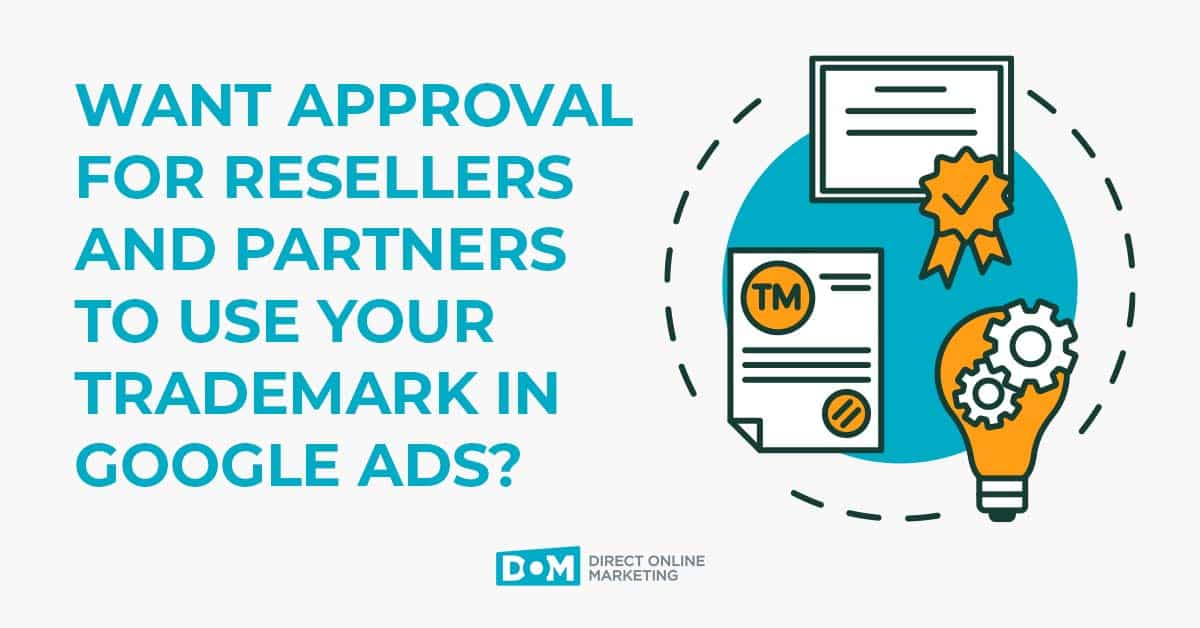
As we begin the New Year, many online retailers are exploring new channels for online advertising, specifically in Search. For merchants with product feeds, the best opportunity for getting all products to display in ads right away is through Comparison Shopping Engines (CSEs). While there are many options out there, including Shopzilla, Nextag, Amazon, eBay Commerce Network, and Pricegrabber, to name just a few, Google Shopping Campaigns offer the greatest amount of control for advertisers. I’ve talked about Product Listing Ads updates before, so I wanted to provide a proper introduction now with more information about how they work.
Listings on Google Shopping are produced and driven through Product Listing Ads (PLAs), integral to Google AdWords. PLAs are designated their own specific campaign type in which daily budgets can be set and there is no minimum bid requirement (a bid amount of $0.01 is acceptable). Such budget and bidding options are non-existent in many other CSEs.
Before getting started with setup in AdWords, a few initial steps must be taken, which include creating a product feed, setting up a Google Merchant Center account, uploading the product feed, and linking Merchant Center and AdWords accounts. For more information on linking accounts, Google Support provides detailed instructions.
Assuming all the necessary steps have been taken in creating a feed and linking accounts, let’s dive into AdWords.
Search Campaigns vs. Product Listing Ads (PLA) campaigns
PLA campaigns look, feel, and function much differently than regular Search campaigns, however the two also share many similarities. Most campaign settings and controls are the same, including budget and bidding strategies, geo-targeting, and device bid adjustments. Both types of campaigns also target the Search Network. However, methods for targeting search terms are much different.
In regular Search campaigns, search terms are matched to specific keywords; whereas in PLAs, search terms are matched to attributes within a product feed – primarily ‘title’ and ‘description’, but others may also be taken into account. Therefore, it is paramount to have accurate titles and descriptions for each item within the product feed.
Bidding Based on Attributes
Once the product feed is optimized with accurate data for each item (especially in ‘title’ and ‘description’), the next step is to create ad groups and set bids. Ad group setup looks familiar and is much the same as Search campaigns. However, in place of keywords, PLAs have auto-targets. These are set to target specific items in the product feed based on attributes; options here include: id, product type, brand, condition, adwords labels, and adwords grouping.
To determine appropriate auto-targets for ad groups, browse the product feed and search for any natural groupings of similar products based on attribute. If none exist, or if more specific grouping options are desired, adwords labels and adwords grouping fields can be added to the feed. The main advantage of using “adwords” attributes is there are no specific labeling parameters (other than ‘grouping’ accepts one value per product and ‘labels’ accepts up to ten), so items can be grouped together in any desirable fashion.
Ad Promotions
In PLAs, ads are automatically created based on information from the feed. These ads generally perform better than regular text ads because they are richer with information which includes product image and price (example below). Furthermore, promo text (up to 45 characters) can be added at no additional cost. So if products within the ad group carry any special promotions such as “Free Shipping”, this information can be added as well.
Compared to regular Search campaigns, PLAs do require some additional steps and a product feed is required. However, PLAs provide opportunity to list all products in a quick, efficient manner and usually carry superior ROI. If you have any additional questions about setup or are already running PLAs and would like tips on strategy and optimization, drop us a line. We’d love to hear from you.


